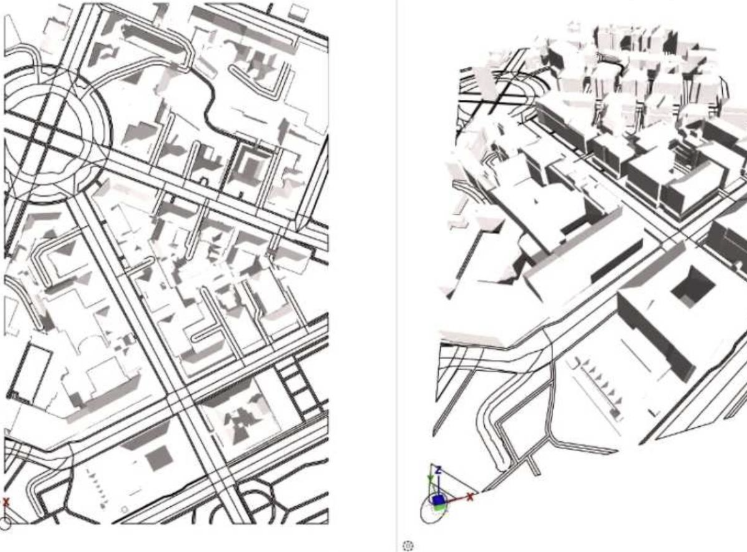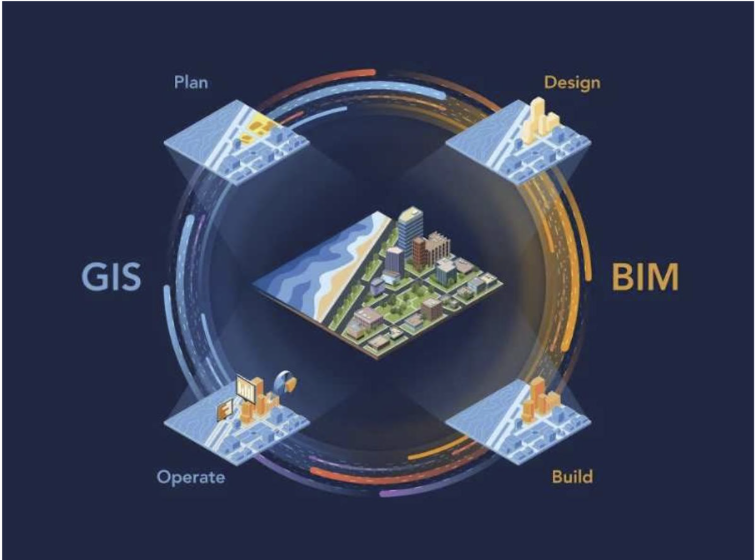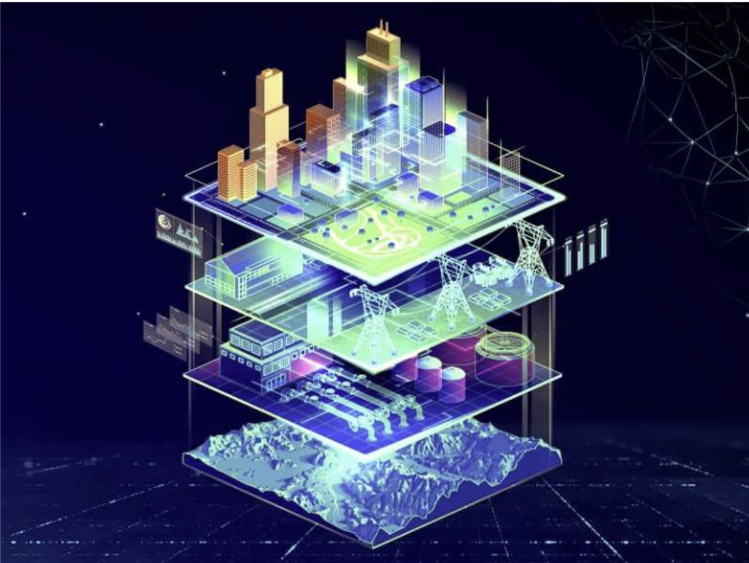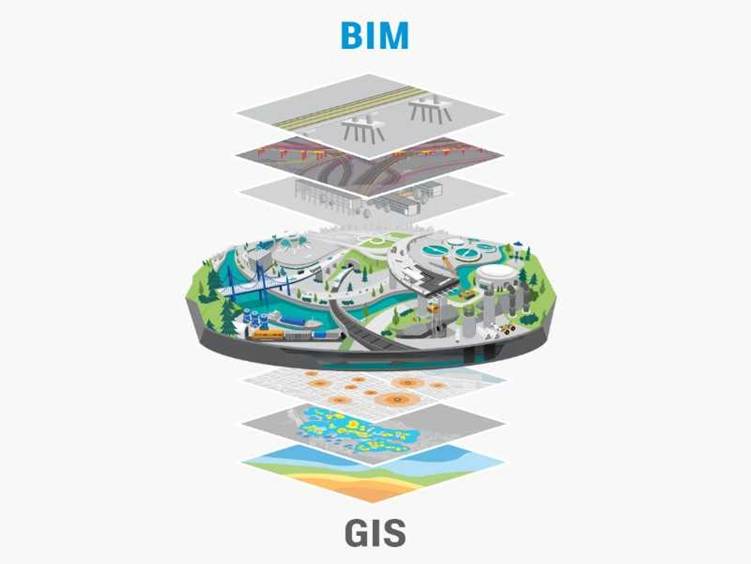
In today’s fast-evolving technological landscape, combining Building Information Modelling (BIM) and Geographic Information Systems (GIS) is changing how we analyze and use 3D data. By bringing these two powerful tools together, industries such as construction, urban planning, and infrastructure management can achieve more precise and meaningful outcomes.
This article explains how BIM and GIS integration is reshaping GIS 3D analysis, focusing on its practical benefits and real-world applications.
Understanding BIM and GIS

To understand the impact of their integration, it’s essential to know what BIM and GIS are.
- BIM (Building Information Modeling): BIM is a process that uses digital models to represent the physical and functional characteristics of a building. It contains detailed information about structures, including design, materials, and maintenance.
- GIS (Geographic Information Systems): GIS focuses on spatial data, enabling users to map and analyze information related to locations on Earth. It’s widely used in urban planning, environmental management, and transportation.
While BIM focuses on individual buildings or assets, GIS covers larger geographic areas. Together, they bridge the gap between detailed building data and spatial analysis, enhancing the ability to make informed decisions.
How BIM and GIS Work Together
Integrating BIM and GIS involves combining detailed building models with spatial data to gain a broader understanding of projects and their surroundings. This integration improves workflows, enhances GIS analysis services, and provides a more comprehensive view of the environment.
For example:
- BIM offers precise details about a building’s design and construction.
- GIS adds context by showing how the building interacts with its surroundings, such as roads, utilities, and environmental features.
Enhancing GIS 3D Analysis with BIM Integration

1. Better Context for Urban Planning
Urban planning requires understanding the relationship between structures and their environments. Integrating BIM with GIS enables planners to visualize detailed building designs within their geographical contexts.
For instance, a city planner can evaluate how a proposed skyscraper affects nearby roads, public spaces, and infrastructure.
2. Improved Infrastructure Management
BIM-GIS integration allows infrastructure managers to analyze assets in a geographic context. By combining 3D models of bridges or buildings with GIS data, they can monitor maintenance needs, assess risks, and plan upgrades more effectively.
3. Accurate Environmental Analysis
When constructing in environmentally sensitive areas, it’s crucial to assess the impact on the surrounding ecosystem. GIS provides spatial data, while BIM delivers detailed building information. Together, they allow developers to analyze potential environmental effects and adjust their designs to minimize harm.
4. Streamlined Construction Processes
During construction, combining BIM and GIS ensures all stakeholders work with consistent data. This reduces errors, enhances collaboration, and keeps projects on schedule. For example, contractors can use GIS to identify site constraints and BIM to refine designs accordingly.
Real-World Applications of BIM and GIS Integration
1. Smart Cities
Smart cities rely on data integration to function efficiently. By combining BIM and GIS, city planners can create accurate 3D models that show how buildings, roads, utilities, and public spaces interact. This helps optimize urban layouts, improve traffic flow, and enhance public safety.
2. Disaster Management
In disaster-prone areas, integrating BIM and GIS can save lives. For instance, GIS provides data on flood zones, while BIM offers detailed designs of critical structures like hospitals or shelters. Together, they help emergency teams identify safe locations and plan effective responses.
3. Transportation Projects
Large-scale transportation projects, such as highways or rail systems, benefit from the detailed insights provided by BIM and GIS. Engineers can use GIS to analyze terrain and BIM to design structures that align with the environment, reducing costs and delays.
Benefits of BIM and GIS Integration
1. Improved Decision-Making
Integrating BIM and GIS provides a holistic view of projects, enabling stakeholders to make informed decisions. For example, developers can assess how a new building will affect traffic patterns or drainage systems before construction begins.
2. Enhanced Collaboration
When everyone works with integrated data, collaboration improves. Architects, engineers, and planners can share information seamlessly, reducing misunderstandings and ensuring that everyone is aligned.
3. Cost and Time Savings
By combining the strengths of BIM and GIS, projects can be planned more efficiently. Early identification of potential issues reduces delays and unexpected costs.
4. Sustainability
BIM and GIS integration supports sustainable development by providing the tools needed to analyze environmental impacts and optimize designs. This leads to projects that are both cost-effective and eco-friendly.
Challenges to Consider

While BIM and GIS integration offers significant benefits, it’s not without challenges:
Data Compatibility: Ensuring that BIM and GIS data formats work together can be complex.
Cost of Implementation: Integrating these systems requires investment in software, training, and resources.
Collaboration Barriers: Different teams may use separate tools, making it necessary to standardize workflows.
Despite these challenges, the long-term benefits outweigh the initial hurdles, making integration a worthwhile endeavor.
The Future of GIS 3D Analysis with BIM Integration
As technology advances, the integration of BIM and GIS will continue to evolve. Emerging tools and platforms will make it easier to combine these systems, offering even greater accuracy and efficiency. From smart cities to sustainable construction, this collaboration is set to redefine how industries approach spatial data and 3D analysis.
Conclusion
The integration of BIM and GIS is changing how we analyze and manage 3D data. By combining the detailed insights of BIM with the broad context of GIS, industries can achieve better outcomes in urban planning, infrastructure management, and beyond.
For businesses looking to stay competitive, adopting this integrated approach is no longer optional – it’s essential. If you’re ready to explore the benefits of BIM and GIS integration, start by evaluating your current workflows and considering how these tools can enhance your projects.


